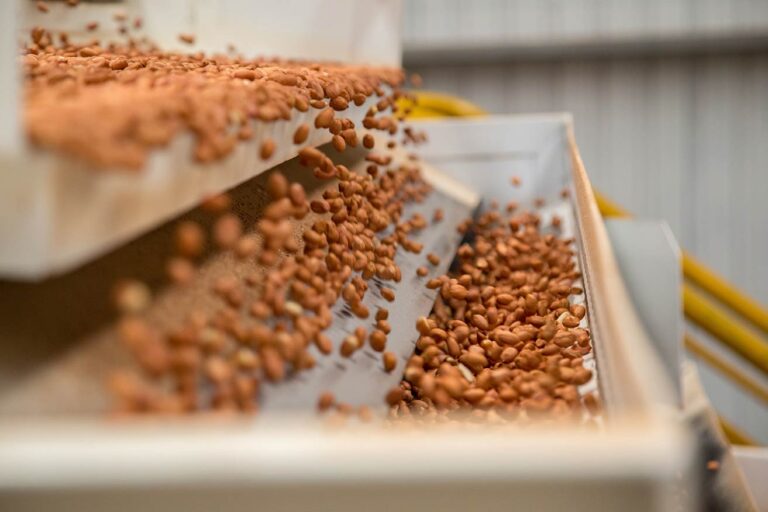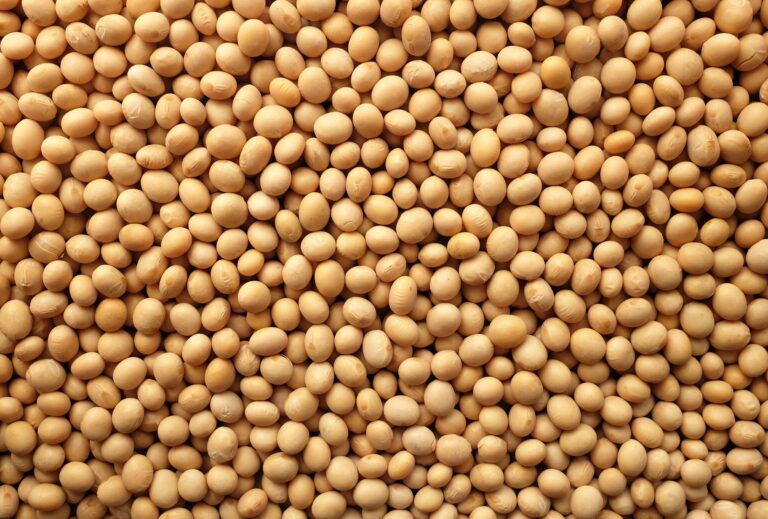Hurricanes and poultry processing
Most people involved in the broiler industry know that as Hurricane Helene swept through Georgia and the Carolinas from Thursday, September 26 through Friday the 27, it impacted several processing and grow-out facilities. While some were only down for a shift or two, others were struggling to operate through the end of last week and lost many birds.
Hurricanes can pose a serious threat to the chicken industry due to the location of many of the nation’s chicken suppliers. According to the USDA, the top ten broiler producing states in terms of number of head produced made up approximately 76.6% of the total United States’ production. Based on data sourced from World Population Review, six of the top ten states for broiler production are also listed as states with the most hurricanes recorded in the NOAA database. Those are Georgia (21 total hurricanes), Alabama (23), North Carolina (58), Texas (64), Mississippi (14), and Virginia (13). According to an article written poultry extension professor Dr. Tom Tabler and published by The Conversation US, four hurricanes that resulted in several birds being lost in the past two decades were Hurricane Katrina (2005), Hurricane Matthew (2016), Hurricane Florence (2018), and Hurricane Michael (2018). Between these four hurricanes, an estimated 17.1 million chickens were lost, with Hurricane Katrina impacting the most at an approximate value of 6 million (Worsening hurricane season threatens billions of chickens, 2020). When we look back at the ready-to-cook (RTC) production values of the past ten years, we can see that Hurricanes Matthew, Florence, and Michael all impacted the amount of chicken meat that was available on the market during the week of landfall, but production levels quickly recovered. From the week prior to the week of landfall, the change in RTC production for Matthew, Florence, and Michael was -7.67%, 1.03%, and -3.84%, respectively, compared to the 10-year averages for the given weeks of -1.23%, 1.40%, and -1.23%. The following week, however, there were respective increases in production of 5.39%, 5.12%, and 3.43% compared to the 10-year averages of 0.63%, 1.38%, and 0.63%. This was probably due to birds sitting in the barn an extra few days to a week since plants were down the week prior. The added weight on the birds that remained after the hurricane likely helped outweigh the number of birds lost. Despite the weekly differences in RTC meat available, there were not obvious shifts from average in the UB Chicken Market Index EBP. Most hurricanes occur during a period when chicken prices for several lines are already trending lower week by week. In these past major hurricanes in which there was a quick recovery of the industry, the slight weekly shifts in RTC production were not enough to majorly impact quotations on a weekly basis.
Industry professionals are still trying to determine the scope of Hurricane Helene’s impact on the broiler industry and how many birds were affected. What we do know is that the market is volatile right now as processors in the storm path try to get back running while also taking stock of how many birds they have in the field. We recognize that this hurricane’s impacts are not isolated to the broiler industry and there are people still missing or stranded and others grieving those lost. If you’d like to learn about potential ways to assist in providing aid to those affected, two resources are the websites for the North Carolina Department of Public Safety and the Georgia Emergency Management and Homeland Security Agency.
Shifts in turkey production
This year, turkey production has been at historically low levels. The year-to-date (YTD) sum of the total number of turkeys harvested is at the all-time lowest level recorded with a value of 141.1 million. This is -6.3% fewer turkeys than the 5-year average. While this relatively dramatic decline in the number of turkeys harvested is interesting in itself, there’s also been a slight shift in the categories of birds processed that really tells the story of the current demand patterns.
Per capita consumption of turkey has been on a steady path of decline since 2016. Based on data from the USDA, the 5-year average per capita consumption is 15.3 lbs. This year’s estimate is 13.9 lbs., down -9.0% from the 5-year average. This loss of demand is not evenly distributed across the different categories of turkey production, which are young hens, young toms, and breeders. The hen category has had the sharpest declines in the number harvested, followed by young toms. The number of breeders harvested is up approximately 21.0% YTD, likely influenced by issues such as disease and declining per capita consumption. On average, toms represent a larger percentage of the number of turkeys processed compared to hens (55.3:43.7). This holds true this year, but that spread is widening as harvest decreases are less pronounced in toms compared to hens with the former down -6.54% from the 5-year average and the latter down -6.68%. This is likely attributed to the lackluster demand for whole birds, of which, the hen sizes are typically a more popular option than the heavy toms. Conversely, the heavy toms are more regularly used for cutting up, and several lines in the parts complex have garnered relatively robust demand from the grinding and smoking sectors over this past year. These factors could help influence processors’ grow-out programs as they look to maximize income in a year in which overall consumption of turkey is retreating.
For further insights, please watch our most recent meat webinar replay.



